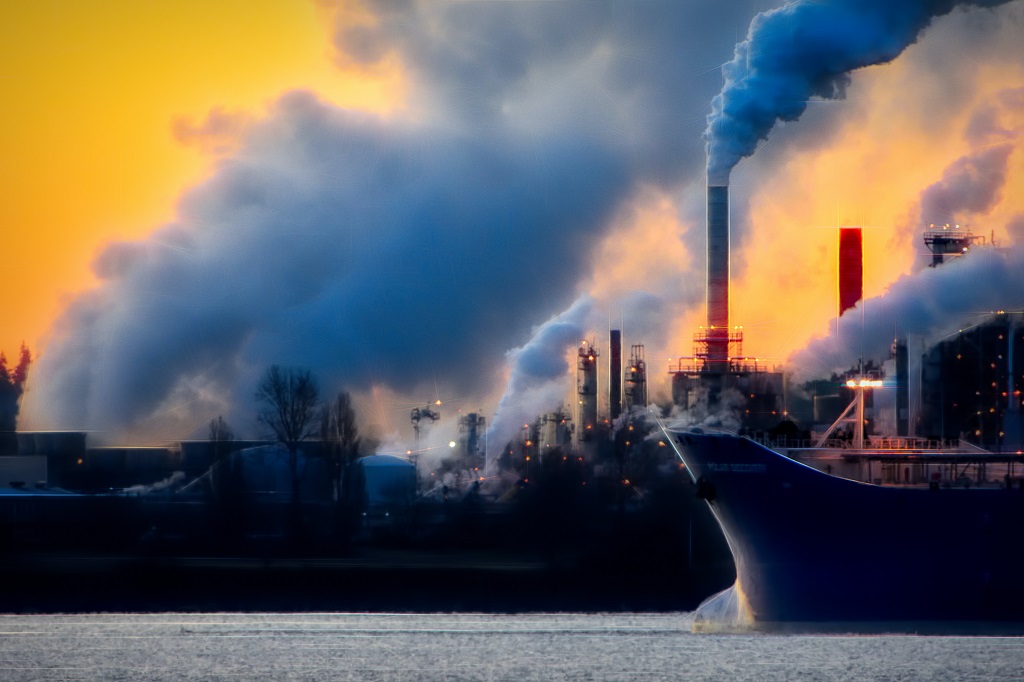
The Only Solution to Safeguard Life as We Know It
“Carbon dioxide levels measured at NOAA’s Mauna Loa Atmospheric Baseline Observatory peaked at 424 parts per million in May, continuing a steady climb further into territory not seen for millions of years…”
So starts the latest report on atmospheric CO2 from the National Oceanic and Atmospheric Administration.
For millennia, the amount of carbon in the atmosphere was 350 parts per million or below, and this level created the ideal conditions on earth for us to thrive. Scientists warn that levels above 430 parts per million of carbon would mean catastrophe for the web of life that all humanity depends on.
The report quotes NOAA Administrator Rick Spinrad, PhD: “Every year, we see carbon dioxide levels in our atmosphere increase as a direct result of human activity. Every year, we see the impacts of climate change in the heat waves, droughts, flooding, wildfires and storms happening all around us. While we will have to adapt to the climate impacts we cannot avoid, we must expend every effort to slash carbon pollution and safeguard this planet and the life that calls it home.”
Why are carbon and other greenhouse gas emissions (GHGs) still going up, and why so fast? Simply put, emissions are going up because we’re continuing to burn more and more fossil fuels. “Net Zero” policies don’t reduce emissions; they only require emissions to be “balanced” by “carbon offsets.” Think about it: if a corporation buys offsets for the privilege of polluting, they’re still polluting. Offsets may be used to build wind turbines or plant trees, but they can’t solve our emissions problem.
To safeguard Earth, our home, there’s only one solution: keeping fossil fuels in the ground. Investing in clean energy won’t help unless we also phase out oil and gas production—and fast.
For more on the necessity of cutting production, see this article by our friends at Sunflower Alliance: The Economic Case for a Restrictive Supply-Side Policy.
Photo by Chris LeBoutillier on Pexels.
This article first appeared in our June 2023 Newsletter

